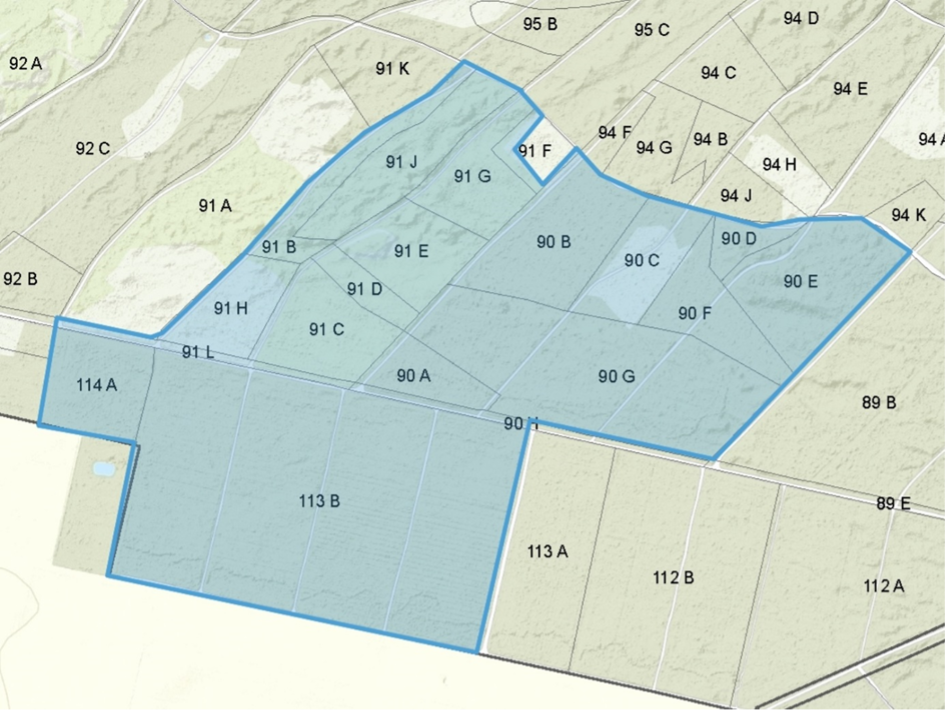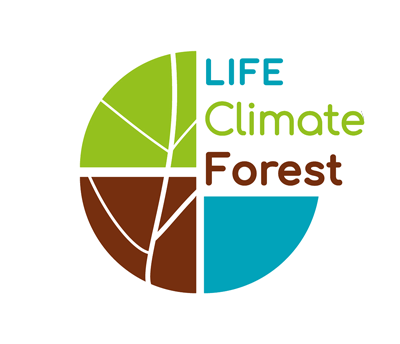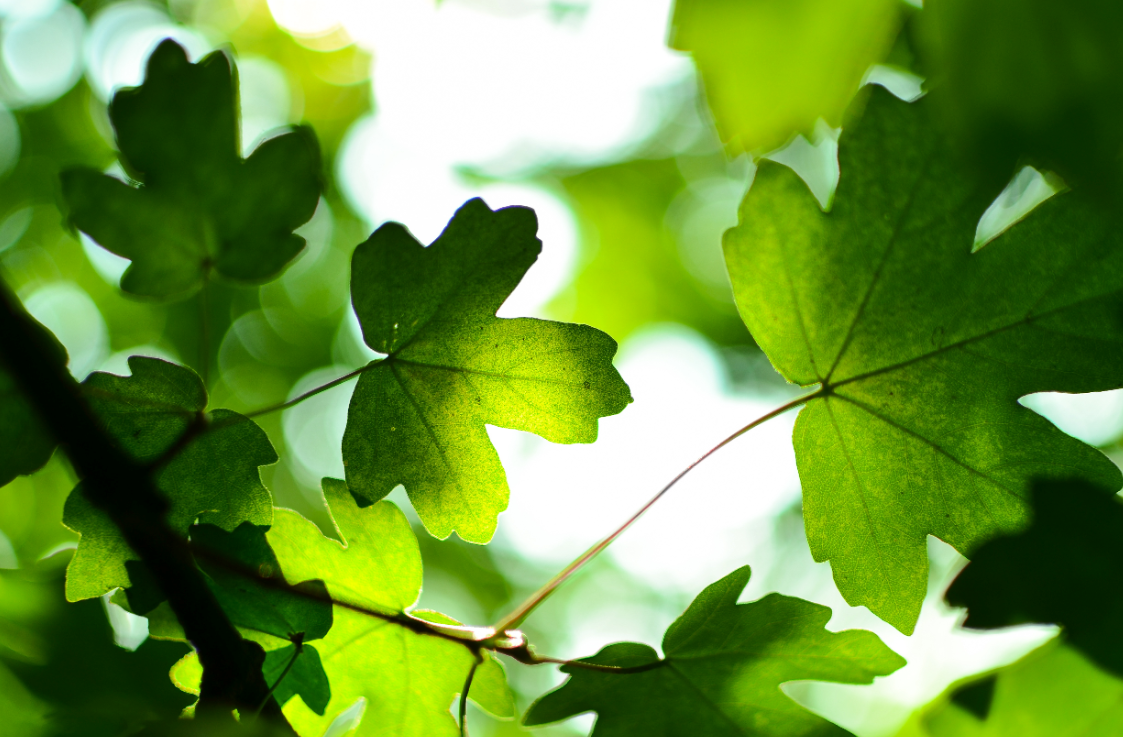Alphen Bergen / Chaam
Demonstration forest for 20e-century heathland afforestation with Scots pine and Corsican pine on dry, poor sandy soil.
- Owner: Staatsbosbeheer
- Administrator: Staatsbosbeheer
- Location: Municipality of Alphen-Chaam (Noord-Brabant)
- Size: 30 ha
- Soil: Hairy podzol and levelling soil
Visiting this demonstration forest?
The forest is freely accessible to visitors.
Forestry of Chaam, object Alphense Bergen
In the Alphense bergen area, heather formation and sand drifts occurred on a fairly large scale in the Middle Ages and thereafter under the influence of overexploitation. This can still be seen in the locally present small-scale relief (fossil dunes and a shifting wall). The demosite was reclaimed between 1900 and 1934 and forest was planted on the shifting sands and heaths. For a large part, this area was planted with Scots pine and Austrian pine, the only tree species that was able to develop into standing forest under the conditions present.
Between 1950 and 1980, Corsican pine was used for the second generation forest, supplemented by Austrian pine and American and pedunculate oak. During the development of this forest, bird species such as yellowhammer, nightjar, tree lark, tree pipit, collared redstart, black tit and green woodpecker appeared. In addition, buzzard, sparrowhawk, hawk, kestrel and tree falcon settled in this area.
In the demo site, patches of wrinkled forked tooth moss, bristlecone grass, pig's foot and brown ringwort have been identified. Pipestraw and American birdcress currently dominate in the undergrowth, with rejuvenation of Scots pine and Corsican pine (!), rowan, birch, dirt tree and (American) oak in the more open terrain sections.
The forest is characterised by a hefty proportion of ample standing older forest, which will result from thinning longer than is justified from the point of view of maintaining the forest climate. The proportion of very dense young forest is also too high; it should cover no more than 10%. Thinning backlogs probably play a role here. Regarding deadwood, the proportion of thick deadwood of at least 10% of standing stock is not achieved.
Measures
The LIFE project Life Climate focuses on increasing climate resilience. This also allows the use of lesser-known or new tree species, provided they have been found suitable for the type of growing places involved and do not have an undesirable impact on the forest ecology.

- Designate nature core/sites with Old Decaying and Dead (OAD) trees.
- Veteran trees designate: these trees no longer count when assessing stem quality or target diameters, they are further excluded from harvesting. Min ± 6 trees per ha.
(90C, 90D, 90E, 90G, 91B, 91D) - Qd trees or T-trees (future trees) designate and favour Qd- or T-trees: trees that have relatively good trunk shapes and limited to no branching in the lower six metres of the trunk. Max. 100 per ha, half of which may still fall off over time.
(90A, 90B, 90D, 90E, 90F, 90G, 91E, 114A). - Quality trees (K-trees) designate: exceptionally well-shaped individuals, kept branch-free in the lower (min.) 6-metre trunk from a young age. For long-term delivery of high-quality wood of outstanding quality with relatively long (100 years and more) turnover.
- Manpaths Apply (future thinning paths) for care of young forest (up to about 15-20 years after rejuvenation).
(91H) - Young forest care (pruning, purging, topiary, etc.).
(90A, 90C, 90E) - Thinning paths docking.
(90A, 90C, 90D, 90E, 90G, 91G) - Dunning/high thinning: focuses on improving the recruitment of straggling trees, paying attention to both form, and tree species, as well as that the tree has a favourable competitive position that it can build on in the coming period.
(90B, 90G, 91B) - Blending encourage: per plot aim for min. 3 tree species with vital individuals in the prevailing layer, proportion per tree species min. 10%.
(90A, 90B, 90C, 90D, 90E, 90F, 90G, 91G) - Group cap: felling of groups of trees with target diameters totalling 1,000-5,000 m per section2 cover surface.
(90B, 90C, 90D, 90E, 90F) - Storage remove where rejuvenation is desired: stocking concerns (young) trees and shrubs, which in terms of species and/or growth form are not suitable to compete in the standing forest.
(90C, 90D, 90E, 90F) - Spotwise or stripwise soil for the purpose of rejuvenation: only to break through strong competition by e.g. arrowstraw or eagle fern and give plantings a good chance of taking root and developing.
(90E, 91G) - New tree species (seed sources) introduction: mainly pedunculate oak, sweet chestnut, Scots pine, beech, Norway or sycamore maple. Also douglas, Corsican pine or European larch (moister, but not wet growth sites).
(90A, 90B, 90C, 90D, 90E, 90F, 90G, 91B, 90C, 91D, 91E, 91G, 114A) - Underplanting: promote a second tree layer that benefits from the shelter of the existing (light) tree layer and both promotes stem cleaning of the old tree layer and may eventually become the prevailing layer. Depending on the existing prevailing tree layer, choose semi-shade (Douglas fir, sessile oak, sweet cherry, etc.) or shade-tolerant tree species (Norway maple, beech, hornbeam, silver pine, etc.).
(90D, 90E, 90F, 91D, 91E, 114A)



